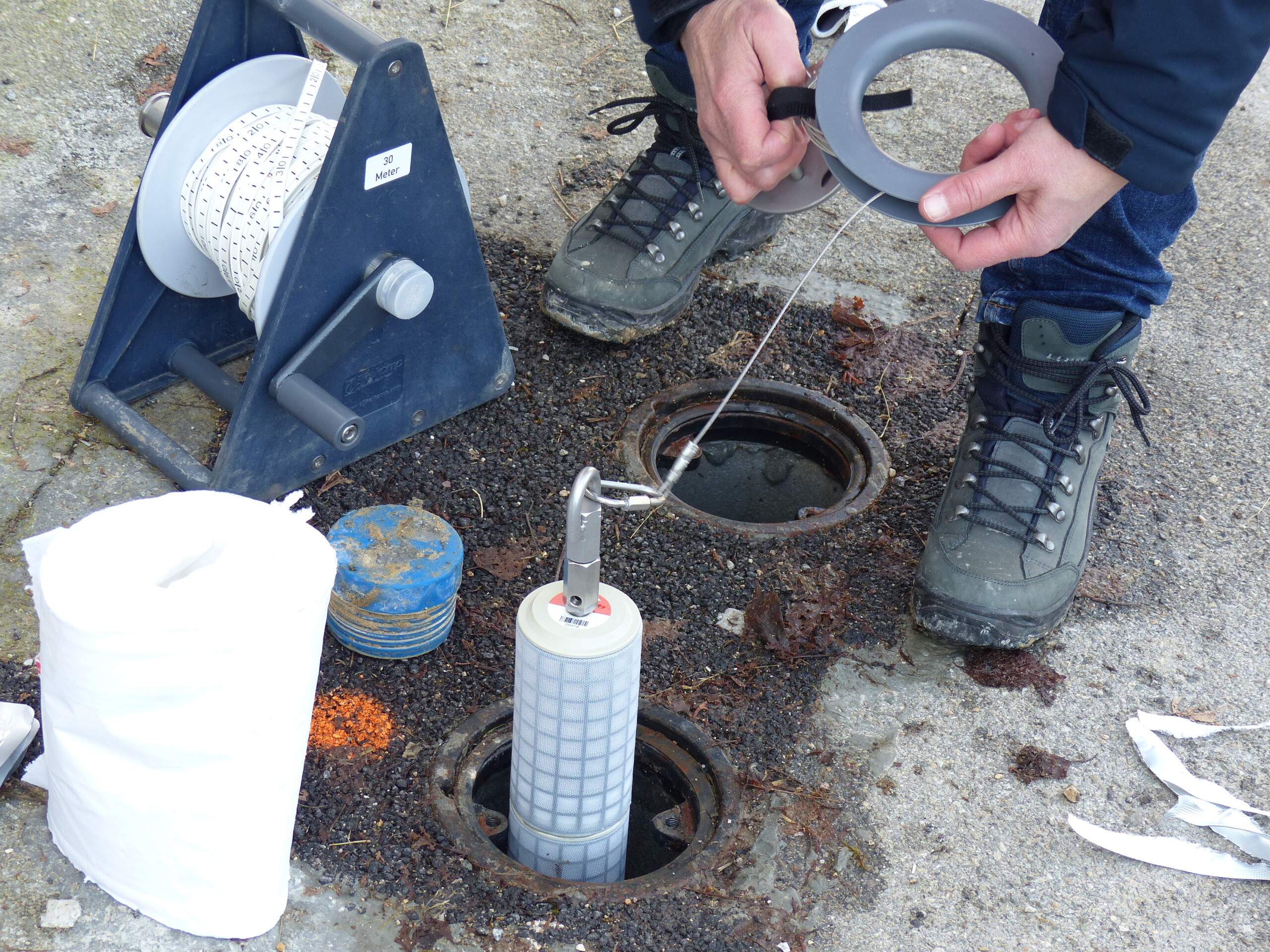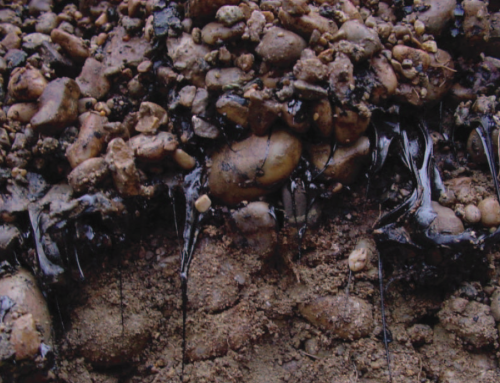Testing of iFLUX passive samplers in 2019 and 2020 to directly measure mass fluxes of chlorinated hydrocarbons in boreholes
In 2019 and 2020, we tested passive flux samplers developed by the company iFLUX, in a site contaminated with chlorinated hydrocarbons located in the canton of Jura. We measured directly the fluxes of pollutants and Darcy fluxes in boreholes, and used these results to study the spatial variation of the fluxes and to estimate the load (also called mass flow) of chlorinated hydrocarbons in transects of the underground environment. This work has allowed us to learn from the use of these samplers, and to provide additional information for the detailed OSite investigation of the contaminated site.
The mass fluxes and loads of pollutants passing through a section hydraulically downstream of pollution sources are important elements for assessing the impact of a polluted site on groundwater quality. They can also be useful in defining remediation measures for a site, by specifying where the main flows of pollutants are located in the groundwater environment, and what is the importance (load) of the contribution of substances from pollution sources to the groundwater. The loading (also called mass flow) is explicitly mentioned in the Contaminated Sites Ordinance (Art. 14 OSites) as an element for assessing the purpose and urgency of remediation at the stage of detailed investigation of a contaminated site






